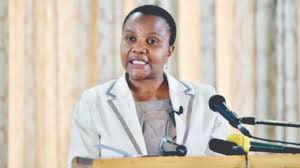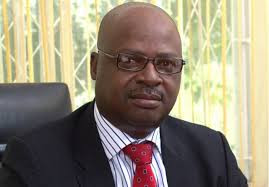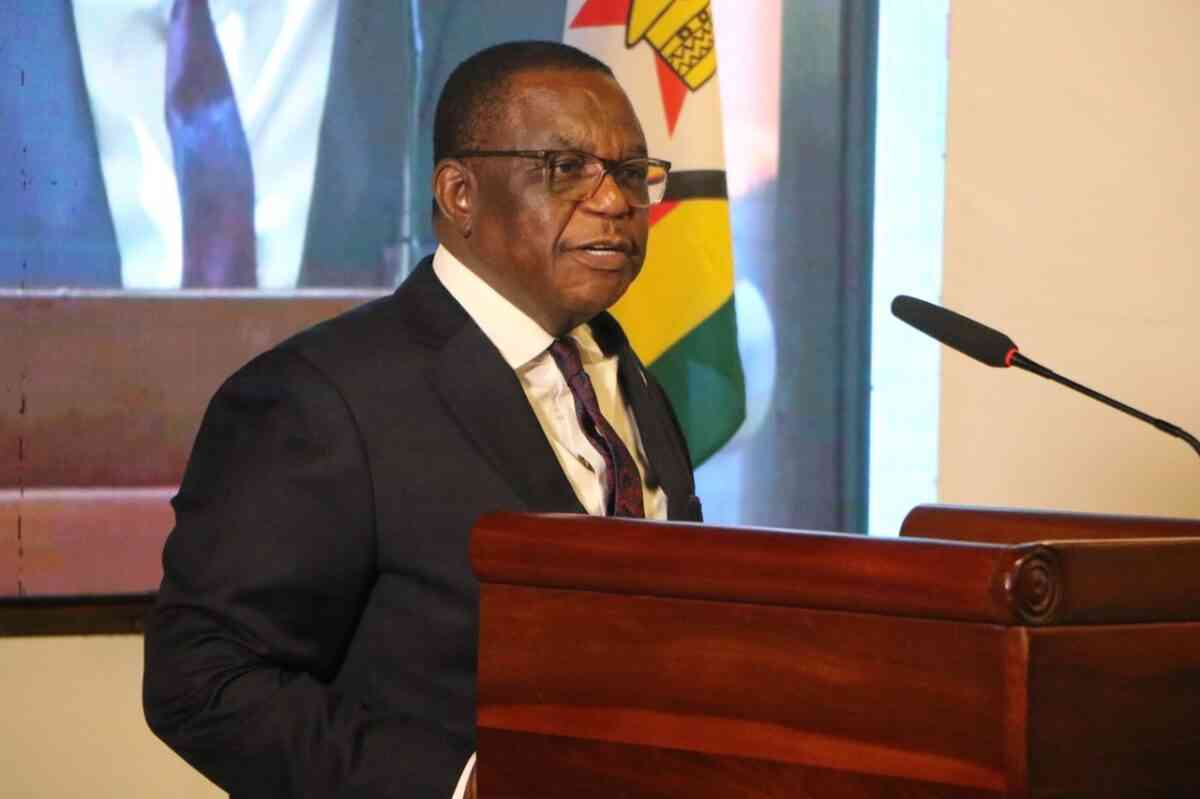
The country is not eligible for debt relief under the Heavily Indebted Poor Countries (HIPC) initiative.
The report, Heavily Indebted Poor Countries Initiative and Multilateral Debt Relief Initiative (MDRI) — Status of Implementation and Proposals for the Future of the HIPC Initiative, was done by the International Development Association (IDA) and the International Monetary Fund (IMF).IDA is the World Bank’s fund for the poorest, according to its website.
The report said preliminary assessment, based on incomplete data, suggests that Zimbabwe may have met the end-2004 indebtedness criterion, albeit by a small margin.
It said Zimbabwe was not included in the list of potentially eligible countries in 2006 because it was ineligible to access funds under the IMF’s Poverty Reduction Growth Facility (PGRF) due to its arrears and that it was not an IDA only country.
Zimbabwe owes IMF over US$55 million under the Poverty Reduction and Growth Trust.
IDA only countries are those where non-concessional borrowing with the International Development Assistance applies.“For the Fund, this means that, should Zimbabwe’s PRGT-eligibility be re-instated following the resolution of its arrears to the PRGT, it could be added to the list of countries potentially eligible for HIPC Initiative assistance, if the assessment against the indebtedness criterion were to be confirmed,” the report said.
- Chamisa under fire over US$120K donation
- Mavhunga puts DeMbare into Chibuku quarterfinals
- Pension funds bet on Cabora Bassa oilfields
- Councils defy govt fire tender directive
Keep Reading
“For the World Bank, the HIPC Initiative income criterion is bound by the end-2004 cut-off, i.e any change in a country’s IDA status post-2004 is not a relevant consideration.”
It said that because of the joint nature of the relief, for Zimbabwe to be deemed eligible for HIPC Initiative relief, a modification of, or exception to, IDA’s HIPC Initiative potential eligibility criteria would be required.
To qualify for debt relief under the HIPC Initiative, the report said, Zimbabwe would need to build a track record of macroeconomic and structural policy performance under IMF and World Bank-supported programmes, clear its arrears to international financial institutions or have in place plans to clear such arrears, and develop a poverty reduction strategy.
Zimbabwe’s debt has been termed unsustainable by a consultant up to 2029.
At the end of last year, Zimbabwe’s external debt was estimated at US$8,8 billion. Of that amount close to US$6 billion are in arrears. Arrears to the World Bank and other multilaterals are almost at US$2 billion.
Despite promising to adopt a hybrid model that uses traditional methods and resources pledging to clear the debt, Zimbabwe has not moved an inch, mirroring the problems in the inclusive government where consultations can take ages due to a polarised environment.
The delay in clearing the debt is coming at a huge cost to the country as it cannot access lines of credit to help rebuild the economy devastated by a decade of recession which was only halted with the creation of a unity government in 2009.
For instance, there is US$93,1 million which has been escrowed since 2009 as Zimbabwe still owes IMF.
The money was part of bail out given to countries to bolster their finances after being devastated by the global financial crisis.The World Bank is only providing technical assistance to Zimbabwe and has said it would open lines of credit if the country cleared its arrears.











